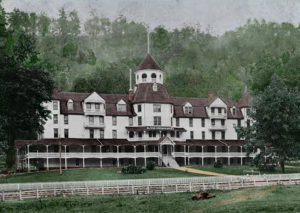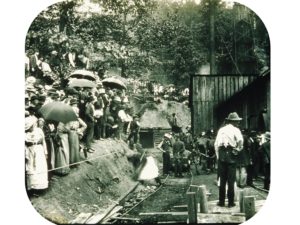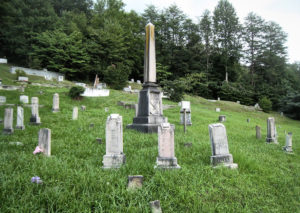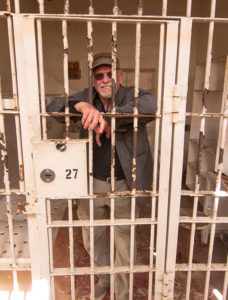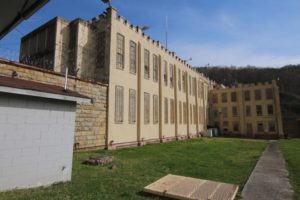The Oliver Springs/Oak Ridge area of Tennessee has a unique history involving Native American Indians, early explorers and settlers, wealthy health hunters, dangerous mining operations, employee rebellions, prison escapes, nuclear development, alternative energy sources and economic depression. Today it is looking at new, unique tourism attractions to bring back the local economy.
Oliver Springs
Oliver Springs is the only town of any consequence on the 44-miles of the Devils Triangle Loop. With a population of some 3,300 it is not large enough to attract major retailers.
The original Native Americans who inhabited this area found excellent hunting grounds and natural springs known to them as "healing waters". The earliest explorers came in the 1760s, but settlement didn't begin until the end of the century.
Named for Richard Oliver, the towns first postmaster (1826) and inn keeper, Oliver Springs became known for its mineral springs. By the late 1800s a large hotel had been constructed which catered to wealthy guests looking to bathe in the "healing springs". The railroad came and so did thousands of visitors.
The hotel burned down in 1905 and was never rebuilt. The springs became a thing of the past.
The early 1900s brought coal mining to the area.
Today there is still mining, but much of the old mining fields have become Coal Creek OHV and Windrock ATV areas, popular with off road vehicle owners. The Devils Triangle touring destination has also brought some life back to this backwoods section of Tennessee.
In 1942 the U. S. Government bought vast areas of land to the south of Oliver Springs as part of the Manhattan Project and development of the atomic bomb. Oliver Springs became dependent on government employment. By the 1990s this supporting industry scaled back and left the local economy in shambles.
A geographic oddity is that three counties adjoin each other within the city limits of Oliver Springs.
More information can be found at Oliver Springs Historical Society website.
Coal Mining
Coal mining, beginning in the 1870s, for a time was the major employer in the Triangle area.
In 1891 there was an uprising of the miners in protest of the state leasing prisoners to the mines which reduced the need for hired workers. Known as the Coal Creek War, several hundred miners took over the prison at Briceville. Miners marched the convicts to nearby Lake City where they were loaded onto a train and sent to Knoxville.
There were several other skirmishes involving releasing of the prisoners and burning of the stockades. There was also a raid on the Cumberland Mine in Oliver Springs. The Tennessee Legislature abolished the act of leasing prisoners in 1896 and constructed the Brushy Mountain State Penitentiary as a result.
Several mining disasters brought national attention to the Triangle area in the early 1900s. In 1902 at the nearby Fraterville Mine 216 miners lost their lives in an explosion. The town lost all but three of its adult males. Today a large monument surrounded by 89 graves dedicates the lost miners.
In 1911 another 84 miners died in an explosion at the Cross Mountain Mine.
More information regarding Coal Creek mining disasters can be found HERE.
Wind Power Generation
In 2000 TVA began construction of wind power generators on Buffalo Mountain which bisects the Triangle north and south. The leased land is owned by Coal Creek Mining and Manufacturing of Knoxville.
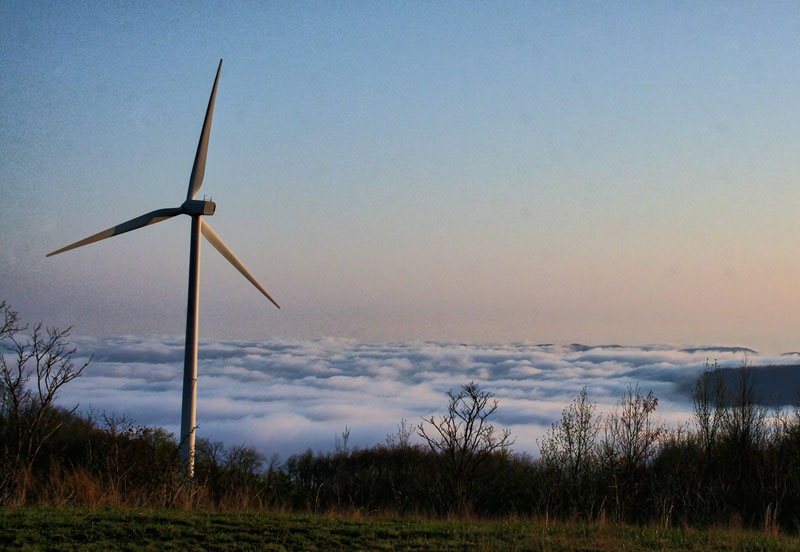
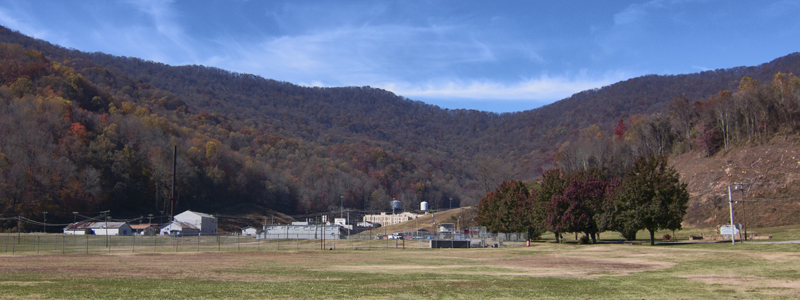
Brushy Mountain State Penitentiary
Brushy Mountain State Penitentiary opened in 1896 after area miners rebelled in the Coal Creek War. The original wood prison was replaced with a stone structure in the 1920s. Surrounding the facility is some of the most foreboding terrain that escapees would have to deal with. The heavily wooded mountains of the Cumberland Plateau made escapes infrequent.
The most famous escape was James Earl Ray, the convicted assassin of Martin Luther King, who escaped in 1977 with six other inmates. Ray was captured in two days only a few miles from the prison.
The prison closed in 2009. The building and grounds were sold to a private enterprise in 2014. Today it is a tourist destination CLICK HERE.


